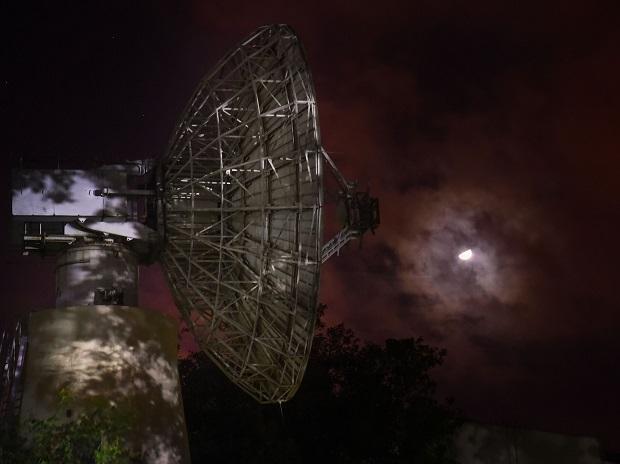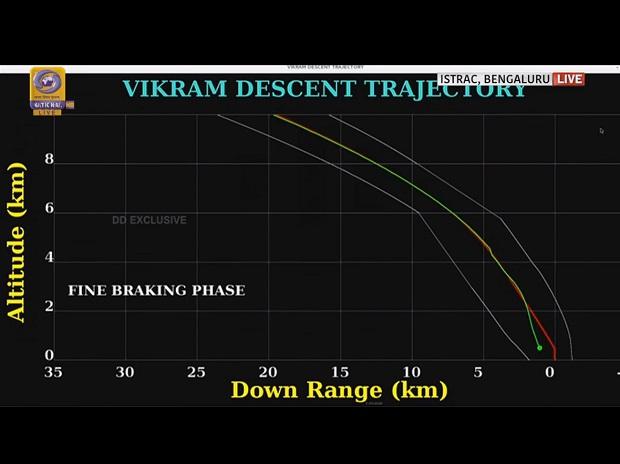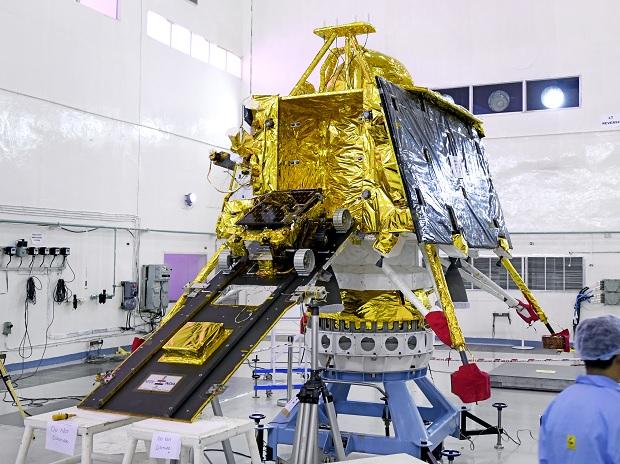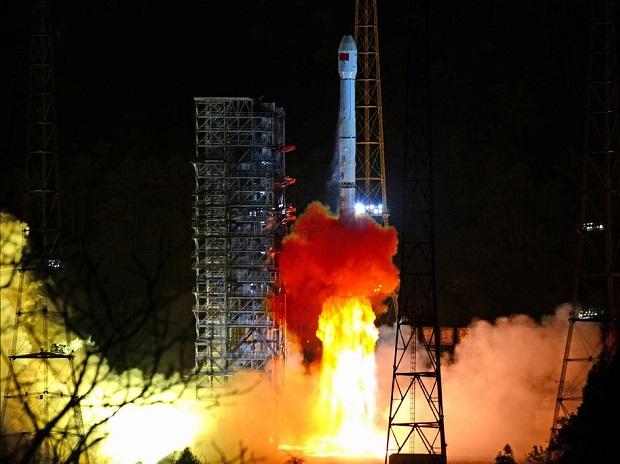Chandrayaan-2 releases colourful pictures of Moon's impact craters

Indian space agency has released fresh set of pictures of impact craters on moon surface taken by its Chandrayaan-2 Orbiter. The Indian Space Research Organisation (ISRO) on Tuesday releasing a picture on its Twitter handle said the images were taken by the Dual Frequency-Synthetic Aperture Radar (DF-SAR) on its Chandrayaan-2 Orbiter. According to ISRO, the Moon has been continuously bombarded by meteorites, asteroids and comets since its formation. This has resulted in the formation of innumerable impact craters that form the most distinct geographic features on its surface. Impact craters are approximately circular depressions on the surface of the moon, ranging from small, simple, bowl-shaped depressions to large, complex, multi-ringed impact basins. "In contrast to volcanic craters, which result from explosion or internal collapse, impact craters typically have raised rims and floors that are lower in elevation than the surrounding terrain," ISRO said. Read ...










